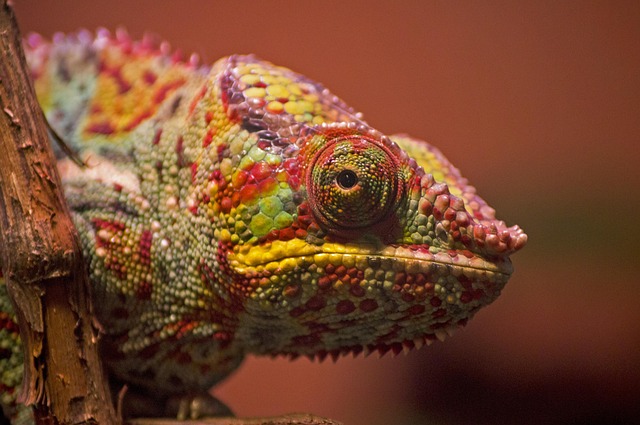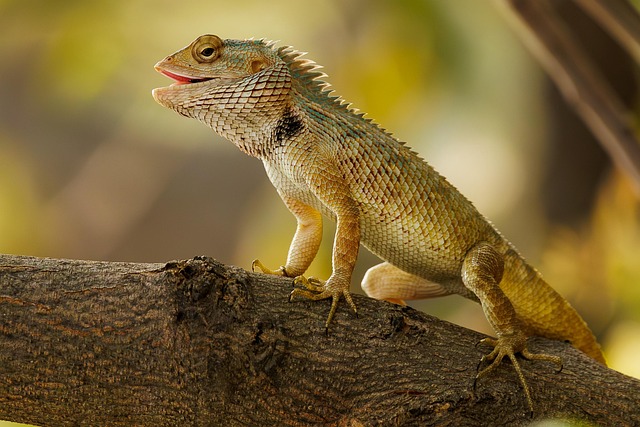
Adaptive Wonders: Exploring the Enigmatic Chameleon in Nature
Adaptive Wonders: Exploring the Enigmatic Chameleon in Nature
In the world of reptiles, few creatures capture our imagination quite like the chameleon. With their vibrant colors and unique ability to adapt to their environment, these fascinating animals are truly a testament to nature’s marvels. As we delve into the life of the chameleon, we discover not only their captivating appearance but also the intricate mechanisms that govern their existence.
The Colorful Palette of the Chameleon
Chameleons are renowned for their exceptional color-changing abilities. This remarkable feature is not merely for show; it serves crucial purposes such as communication, temperature regulation, and camouflage. By altering their skin color, chameleons can convey emotions or social status to other chameleons, creating a silent language that speaks volumes.
Imagine standing in a dense, sun-drenched forest, surrounded by a symphony of colors. Suddenly, a flash of brilliant green darting among the leaves catches your eye. That’s a chameleon blending seamlessly into its habitat, a living work of art born from millions of years of evolution. This ability to change colors is a reminder of nature’s endless creativity and adaptability.
Chameleons in Their Habitat
Chameleons thrive in tropical and subtropical environments where foliage is lush and vibrant. Their choice of habitat is not coincidental; it is pivotal for their survival. The canopy of trees offers both protection from predators and countless opportunities to hunt for insects, which make up a large part of their diet.
As we observe these elegant reptiles in their natural habitat, it’s easy to admire their patience and strategy. A chameleon can sit motionless for hours, waiting for the perfect moment to shoot out its long, sticky tongue to capture a meal. This sense of stillness reminds us of the beauty in being present, in attuning ourselves to our surroundings, just as the chameleon does in the wild.
The Enigmatic Life Cycle
The life cycle of a chameleon is equally intriguing. Females often exhibit unique behaviors when it comes to reproduction, including selecting ideal locations to lay their eggs. This instinctual drive highlights the complexities of their reproductive strategies and the instinct to ensure the next generation’s survival.
From egg to hatchling, young chameleons face a myriad of challenges in a world filled with potential threats. Their gradual adaptation to their environment serves as a metaphor for resilience and growth. Each stage of their life embodies the idea that transformation is not only possible but essential for survival.
Chameleons and Conservation
As we marvel at these iconic reptiles, it’s essential to acknowledge the threats they face in the wild. Habitat destruction, climate change, and the pet trade pose significant challenges to their survival. By understanding and appreciating the role of chameleons within our ecosystems, we can contribute to conservation efforts aimed at protecting these incredible creatures and their habitats.
Engaging with the natural world allows us to connect with the wonders around us. The chameleon, with its enchanting display of colors and adaptive capabilities, serves as a powerful reminder of the beauty and fragility of life. Observing their behavior not only can inspire us but also invite us to reflect on our adaptability in the face of change.
In essence, the chameleon is more than just a reptile; it is an emblem of nature’s ingenuity, a creature that navigates the balance between art and survival, camouflaging itself in a world that is ever-evolving. As we explore the marvels of the natural world, let us pay homage to the chameleon and all it represents.



